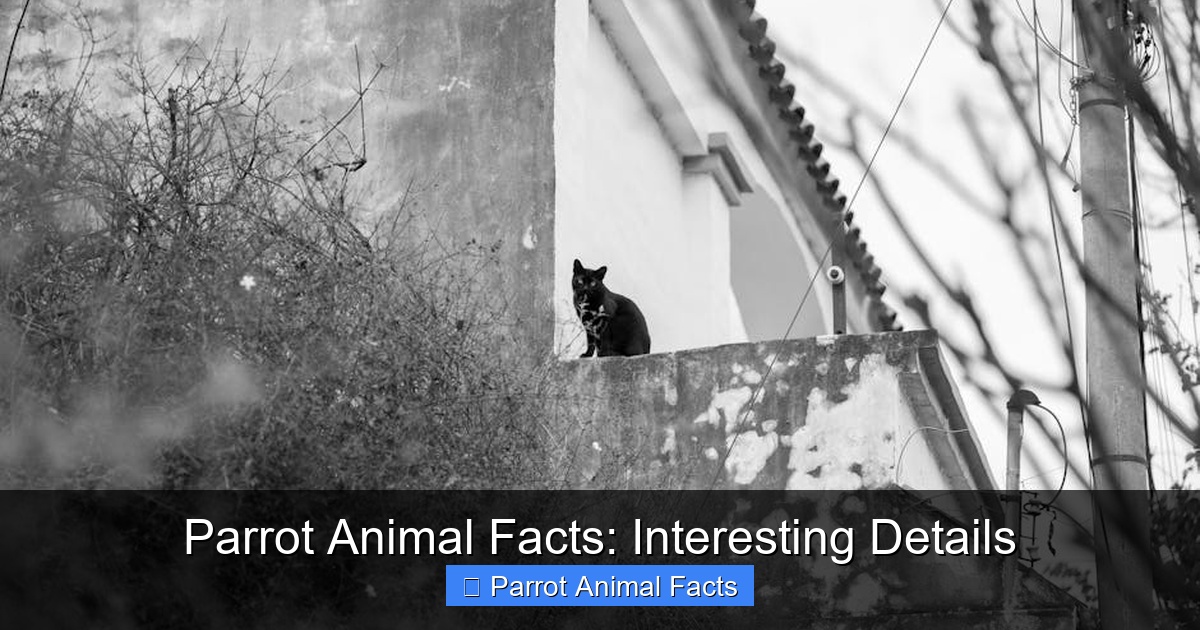
Featured image for this comprehensive guide about parrot animal facts
This is a comprehensive guide about parrot animal facts.
Frequently Asked Questions
What makes a parrot unique among birds?
Parrots are distinguished by their strong, curved beaks, zygodactyl feet (two toes pointing forward, two backward), and often vibrant plumage. These specialized features aid them in climbing, manipulating objects, and efficiently cracking seeds, which are a primary component of their diet.
Where do most parrot species live?
Most parrot species are found in tropical and subtropical regions across the globe. They inhabit diverse environments, including rainforests, grasslands, and even some colder climates, with large populations concentrated in South America, Australia, and Africa.
What do parrots primarily eat in the wild?
Wild parrots primarily feed on a diet rich in seeds, nuts, fruits, and buds. Their powerful beaks are perfectly adapted for cracking open tough shells and extracting nutritious contents, making them essential seed dispersers in their ecosystems.
How long can parrots live?
The lifespan of parrots varies significantly by species; smaller parrots like parakeets typically live around 10-15 years, while larger species such as Macaws and Cockatoos can live 50 to 80 years or even longer. This remarkable longevity makes them long-term companions when kept as pets.
Do all parrots have the ability to “talk” or mimic sounds?
Not all parrots can “talk” or mimic human speech, but many species possess a remarkable ability to imitate a wide range of sounds, including words, phrases, and environmental noises. This vocal mimicry is a complex skill, often used for communication within their flocks and for bonding in captivity.
Why are parrots known for their bright, colorful feathers?
Parrots’ stunning array of colors is primarily due to a combination of unique pigments, such as psittacofulvins, and structural colors caused by the way light interacts with their feather structure. These vibrant hues often serve various purposes, including camouflage within dense foliage, attracting mates, and signaling within their complex social groups.
